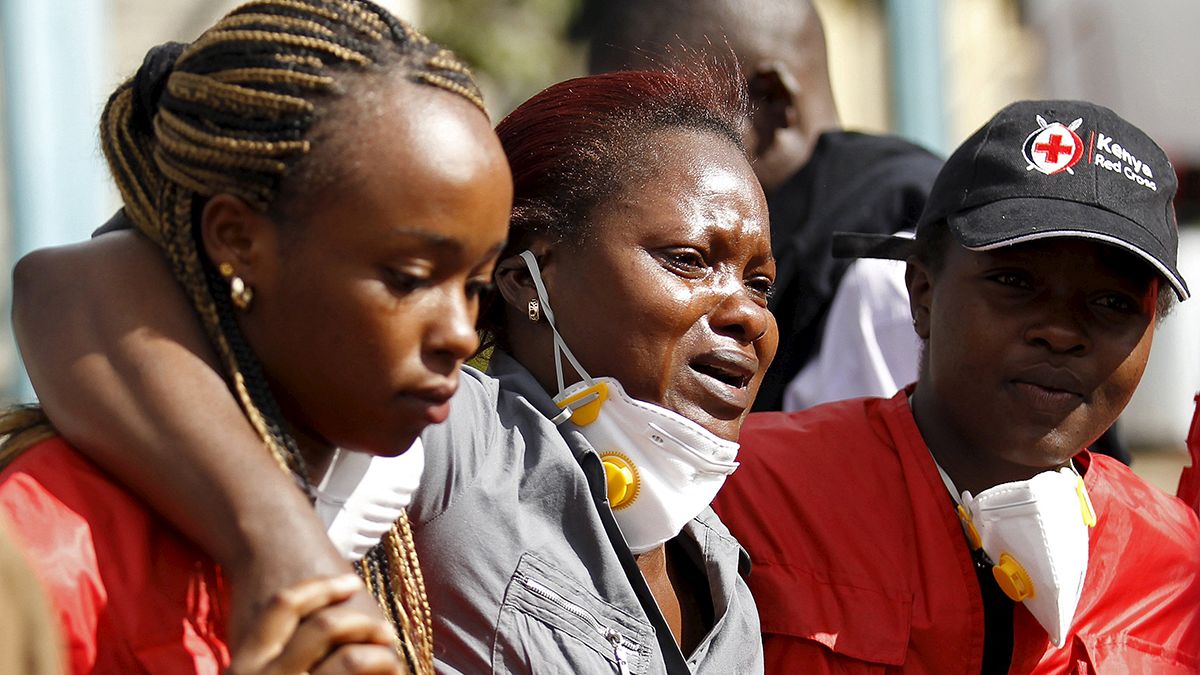For the relatives of students missing after the attack on Garissa University College, the slow pace of the identification process and some confusion
For the relatives of students missing after the attack on Garissa University College, the slow pace of the identification process and some confusion are compounding their distress.
The authorities have acknowledged several cases where two families had claimed the same body.
Isaac Mutua Mutisya is the father of missing 20-year-old business management student Risper Mutindi.
“I was here yesterday to look for the body of my daughter, which I identified. But I found that it had already been identified by somebody else, so I have come here today to clarify whether it is my daughter’s body or someone else’s,” he said.
Extra measures are being taken to tighten identification procedures.
“So as of now, last night, we had the National Registration Bureau going through the fingerprints, matching them, the entire night to make sure they are scientifically determined the identity of those bodies,” Kenyan Cabinet Secretary for Health, James Macharia told a news conference.
Meanwhile, more harrowing tales have emerged of Thursday’s massacre, when 148 people died as al-Shabaab gunmen singled out non-Muslims.
22-year-old Gitonga Ng’ang’a is now home with his family in Nairobi.
The student and pastor hid under his bed after hearing shooting at the university. As the gunmen entered his room, he prayed to God to protect his life.
“The students were shouting and there were those who were crying, and the gunmen at first they were not talking until they occupied the hostels where we were sleeping. By then they could just speak loudly and say that ‘We are here to kill and to be killed’,” he said.
Gitonga believes God, not luck, let him escape “from the claws of the enemy”.
“I had to step over blood and the dead bodies of my closest friends and very good friends of mine. It was bitter. It’s even now bitter to remember,” he added.
He does not know the reason he was spared, but believes he has now been given a “assignment” to complete in life.
The campus was opened up to the media on Monday for the first time since the attack, which lasted a whole day.
The scenes as described in a report by AFP conjure up images of panic as students tried to flee.
Witnesses have described how the gunmen took pleasure in humiliating their victims.
Al-Shabaab says the massacre was carried out in retaliation for Kenya sending troops into Somalia, where it is based.
The militant group has killed more than 400 people on Kenyan soil over the past two years, including 67 during a siege at Nairobi’s Westgate mall in 2013.
A government source on Monday said governors, members of parliament and security officials from regions bordering Somalia would compile a list of people suspected to have joined al Shabaab or been radicalised by Islamists.
“The message is very clear: we have to deal with this problem once and for all,” said the official, adding that regional governors discussed the idea with President Kenyatta on Monday.
